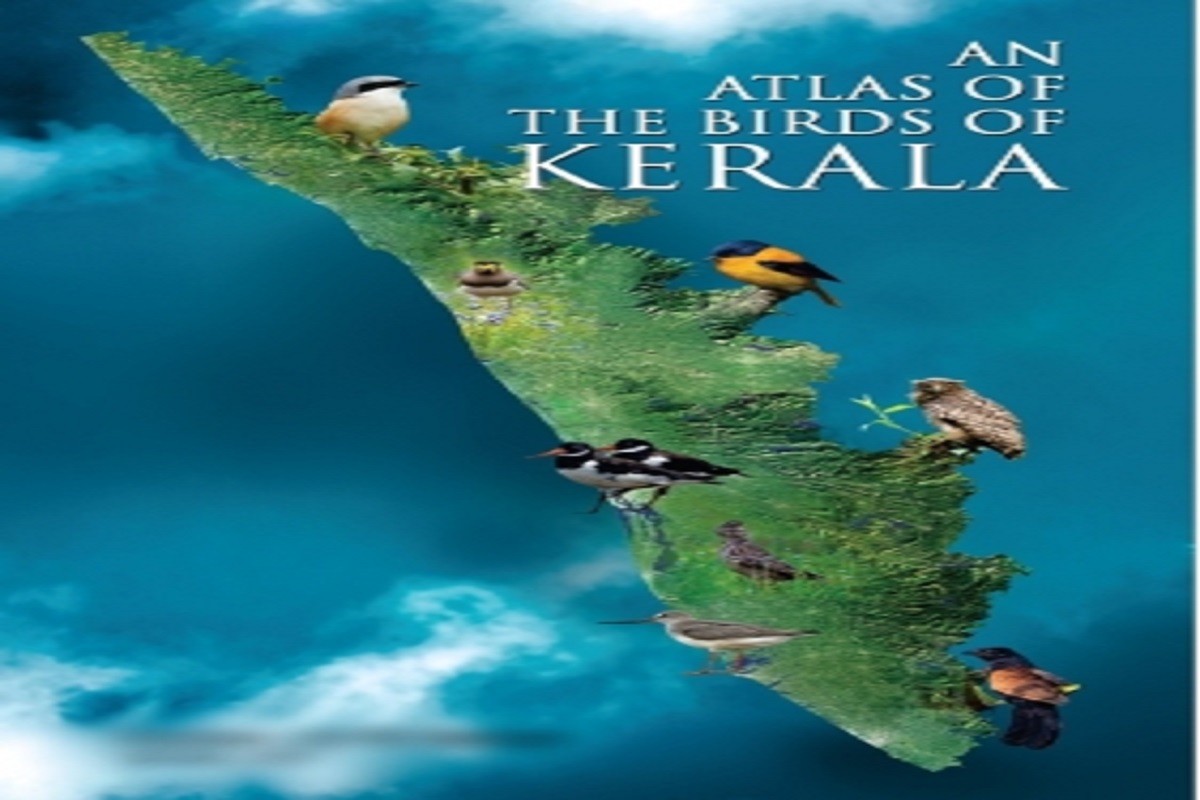Possibly for the first time for a state in Asia, a citizen science effort has resulted into a massive mapping exercise of Kerala’s avian riches which is compiled into the Kerala Bird Atlas (KBA) that maps the distribution and abundance of birds across the state.
Over 1,000 volunteers systematically surveyed 4,000 locations in each of two seasons – dry season (January-March) and wet season (July-September) – across Kerala for over 600 days across five years. The KBA is Asia’s largest bird atlas in terms of geographical extent, sampling effort and species coverage.
Advertisement
“Species count was higher in the dry season than in the wet season. Species richness (count) and evenness were higher in the northern and central districts than in the southern districts. High elevation regions of the southern Western Ghats were the largest contiguous areas lacking sufficient sampling. We found that most of the endemics were concentrated in the Western Ghats, but threatened species were as likely to occur along the coasts as in the Ghats,” said a multi-author study based on the dataset published in a peer-reviewed, open access journal ‘Current Science’ last week said.
Approximately 70 per cent of the Kerala bird species were recorded during the excercise. Ten most abundant species contributed 31 per cent while 94 very rare species contributed 0.1 per cent to the entire dataset.
Perhaps, recognising the impact of such citizen-science based research, the journal has put up this multi-author work on the cover page of its latest edition.
Envisaged as a five-year activity starting 2015, the field surveys for the KBA closed on September 13, 2020. “This data was analysed to understand the patterns of species richness and abundance across Kerala as well as recommendations were made on how to conduct similar surveys in other parts of the country,” a release said.
Unlike citizen’s science driven exercises (e.g. bird surveys) and online platforms (e.g. eBird) that provide voluminous data on bird occurrence but are semi-structured in nature of their data collection making it difficult to compare bird distribution across space and time, the Bird Atlases are based on standardized surveys and describe the distribution of bird species over a predefined region and have fewer biases, and thus are better suited for use in research, the study authors said.
The KBA dataset is a valuable resource for testing various ecological hypotheses and suggesting science-backed conservation measures. KBA model could be replicated for similar atlases in other states or biogeographic regions of India.
“As a mega biodiverse nation, India has a key role to play in conserving global biodiversity. We currently lack data on the current population status of our fauna. These atlases provide baseline information on the status and distribution of bird species. This will help us monitor their populations over years and identify the impact of global warming, pollution, or land-use changes on biodiversity. With this information in hand, we can take conservation actions on time and prevent biodiversity loss,” said Ashish Jha, research scientist, who analysed the Kerala Bird Atlas and is the corresponding author for the scientific paper.
Suhel Quader, a scientist at the Nature Conservation Foundation, which is a part of Bird Count India, said, “It is heartening to see that the citizens who contributed to this exercise are co-authors in the scientific publication.”











